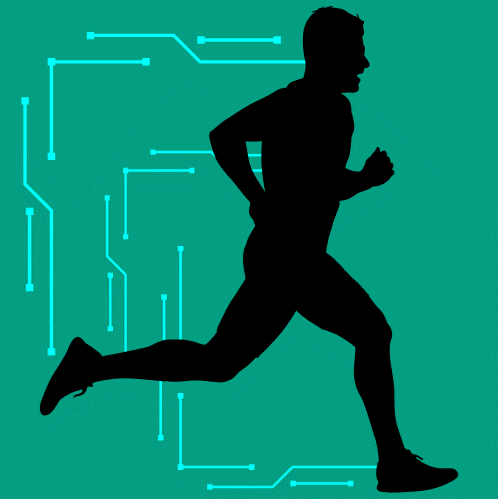Glossary of Wearable Tech Terms
Welcome to the Best Wearable Gadgets Glossary — your quick reference guide to the most important terms in the world of smartwatches, fitness trackers, smart rings, AR glasses, and other wearable technology.
Whether you’re new to wearable tech or want a refresher, this glossary will help you understand the key terms, features, and technologies you’ll see in our reviews and guides.
A
Accelerometer
A sensor inside most wearables that detects movement and orientation, commonly used for step counting.
AMOLED Display
A bright, colorful screen type found in many modern smartwatches, known for deep blacks and vibrant visuals.
Android Wear (Wear OS)
Google’s operating system for smartwatches, offering app integration, Google Assistant, and notifications.
B
Battery Life
The amount of time a wearable can operate before needing to recharge, often ranging from 1 day to several weeks.
Bluetooth Connectivity
Wireless technology that connects your smartwatch or tracker to a smartphone for syncing data and receiving notifications.
C
Calories Burned
A feature that estimates the number of calories you’ve used based on activity and heart rate data.
Companion App
The mobile app that pairs with your wearable, used for tracking data, customizing settings, and syncing health stats.
Connectivity (Cellular)
Some smartwatches include 4G/LTE capability, allowing calls and texts without being connected to a phone.
E
ECG (Electrocardiogram)
A feature found in advanced wearables that measures heart rhythm to detect irregularities like atrial fibrillation.
Emergency SOS
A function that allows the wearer to send an emergency alert or call for help with one button or gesture.
F
Fall Detection
Technology that detects sudden movement consistent with a fall and automatically alerts emergency contacts.
Fitness Tracker
A wearable device that monitors steps, sleep, exercise, and sometimes heart rate or SpO2.
G
GPS (Global Positioning System)
Tracks outdoor activities like running, walking, or cycling by mapping routes and measuring distance.
Gyroscope
A sensor that works with the accelerometer to measure orientation, often used in AR/VR wearables.
H
Heart Rate Monitor
A sensor that measures beats per minute (BPM) for exercise intensity and health monitoring.
Hybrid Smartwatch
A watch that combines traditional analog design with basic smart features like notifications and fitness tracking.
O
Oximeter (SpO2 Monitor)
Measures blood oxygen saturation levels, useful for sleep tracking, high-altitude activities, and detecting breathing issues.
Over-the-Air (OTA) Update
Software updates that improve wearable features without needing physical connections.
S
Sleep Tracking
Analyzes your sleep duration and stages (light, deep, REM) to provide insights into rest quality.
Smart Ring
A small wearable worn on the finger that tracks health metrics such as sleep, steps, and recovery.
Smartwatch
A wrist-worn wearable device that combines health tracking, notifications, apps, and sometimes calling features.
V
VO2 Max
An advanced fitness metric that measures the maximum oxygen your body can use during intense exercise.
W
Wear OS
Google’s smartwatch operating system, found on devices from brands like Fossil, TicWatch, and Samsung.
Water Resistance
Indicates how well a wearable can handle exposure to water, from sweat and rain to swimming and diving.
Z
Zone Training (Heart Rate Zones)
A fitness feature that guides workouts based on heart rate intensity levels, from fat burning to endurance.
Note
This glossary will be updated regularly as wearable technology evolves. If you come across a term you’d like explained, let us know and we’ll add it here.
